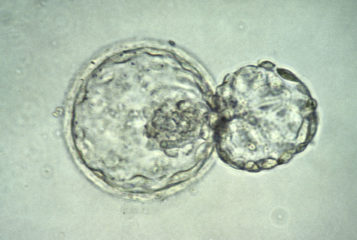Scientists have successfully restored fur growth in bald mice, the Proceedings of the National Academy of Sciences reports. The mice have a mutation in a gene called hairless, shared by both humans and mice, disruptions of which lead to changes in the natural process of hair growth, shedding and re-growth. US researchers found that by introducing a normal gene into bald mice, they were able to restart the process, resulting in successful fur growth.
The hairless gene was first identified in 1998. Scientists working at the Kennedy Krieger Research Institute and Johns Hopkins University found that the normal version of the hairless gene represses the production of a protein called wise. Mutations in hairless lead to an increase in wise, which if left to accumulate hinders the process of hair growth.
Half of men suffer from baldness by the age of fifty, although there are a variety of different causes. When the human form of hairless mutates the result is Alopecia universalis. Sufferers are born with no eyebrows, eyelashes or body hair although, in a similar process to the hairless-mutated mice, head hair growth is initially normal but once shed it fails to grow back. The group said that the research sheds light on the hair growth process, much of which is not understood. However, more research is needed as there are many other components involved in hair growth.
Barry Stevens, general secretary of the Trichology Society (UK), which represents hair professionals, said 'The thinking in the US is that there is some sort of genetic solution to hair loss. And I think eventually they will be proved right, but there is still work to do. I think it is like a giant jigsaw and pieces of research such as this will play a role. But the truth is we just don't know when the solution will be found, you cannot prophesise on these things'.






Leave a Reply
You must be logged in to post a comment.